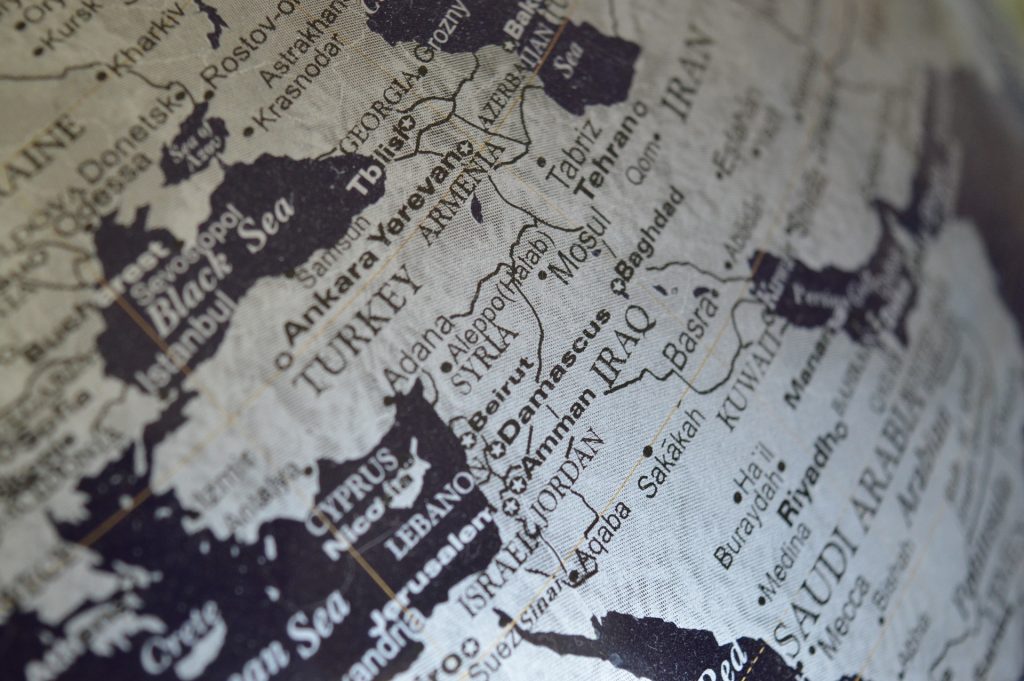After the asylum application has been filed, the Finnish Immigration Service is the one that makes the decision whether it will grant the applicant with an asylum or not. The processing times within the Immigration Service have been increasing year by year. In 2016, the average processing time for a person, who was applying an asylum for the first time, was 270 days. In 2017, it was 373 days and currently the estimated processing time, depending when the application was filed, can be up to 20 months. This means that an asylum seeker may have to spend almost two years in a foreign country. Many of the applicants do not have any previous knowledge about Finland and are likely to face a major culture shock after arriving, which emphasizes the importance of integration services aimed for them.
The Act on the Reception of Persons Applying for International Protection and on the Identification of and Assistance to Victims of Trafficking in Human Beings (746/2011), defines the reception services that asylum seekers are entitled. These services, such as accommodation and study activities, play a crucial part in the integration process. Even though these people live in sort of a waiting space, being uncertain whether they can stay here or not, it is important that they will be prepared to live in Finland from early on.

Asylum seekers are being accommodated into reception centres, which are supervised by the Finnish Immigration Service. Usually the applicant is accommodated first at so-called transit-centre, which is often near the location, where the asylum interview will be held. These centres are aimed for new asylum seekers, who have recently entered the country. After the interview, the applicant is transferred to another reception centre to wait for the decision. The Finnish Immigration Service, municipalities, NGOs and companies maintain these centres. Asylum seekers are able to influence to their living situation: they decide themselves, whether they want to accept the place at the reception centre, because they also have the option to live in a private accommodation with friends or relatives, or to get an apartment of their own from the private market.
Reception centres organize integration courses for asylum seekers, which include studies about Finnish language and culture, but also general studies about how to cope with every-day life in Finland. There are altogether nine Finnish language courses, which aim to give the applicant the skill level of A2.1. The amount of lessons varies a lot between different centres: some offer 25 hours of lessons per week, whereas in some centres the amount is only 3 hours.

The third sector, such as volunteers and NGOs, have also an essential part in the integration process. One example of this is our working life partner Mosaiikki; a multicultural day centre in Helsinki, that is run by Sininauhasäätiö, the Finnish Red Cross and the Evangelical Lutheran Church in Helsinki. Mosaiikki offers versatile help to immigrants, undocumented migrants and asylum seekers, such as Finnish language classes and support with dealing with authorities. Finnish citizens can volunteer to be part of the integration process of asylum seekers by accommodating an asylum seeker at their home, for example through Kotimajoitusverkosto (Home Accommodation Network). Currently, one third of asylum seekers live in a private accommodation (Aamulehti). I think it is great that so many of them use this opportunity, since I’m sure it highly supports the integration process. The host family can get the asylum seeker acquainted with Finnish way of life and offer them a community where to belong. Reception centres are often located in remoted areas, which can make the threshold of leaving the centre to get to know the outside world, quite big.
In 2019, the Finnish Integration Service granted 2959 asylums and made 2875 negative decisions. Due to this, it is safe to say that the integration of asylum seekers is both a beneficial and problematic process at the same time. For the authorities, it must be hard to define where goes the line as to how far the integration process can go, as roughly only a half of them gets to stay. In some cases, the asylum process can take many years, for example if the asylum decision goes through different court instances. I hope that the fact that the seeker has spent a long time in Finland and is far in the integration process, is considered in the decision making in these cases and that humanity isn’t forgotten with these decisions.
References
Pictures: Pixabay.com
https://www.helsinginseurakunnat.fi/en/artikkelit/mosaiikkidaycentre
https://rednet.punainenristi.fi/node/27161
https://tilastot.migri.fi/#decisions/23330?start=588&end=599
https://kotouttaminen.fi/laki-kotoutumisen-edistamisesta
https://www.aamulehti.fi/uutiset/art-2000007327842.html
https://kotimajoitusverkosto.fi/
Suurin osa Showcasen blogeista on toteutettu osana Laurean opintojaksoja. Koko koulutustarjontaamme voi tutustua nettisivuillamme. Tarjoamme kymmenien tutkintoon johtavien koulutuksien lisäksi myös paljon täydennys- ja erikoistumiskoulutuksia sekä yksittäisiä opintojaksoja avoimen AMK:n kautta!
Hello. Thank you for this brilliantly descriptive and informative post. I learned so much about the process of integration and surely will be able to use this knowledge in my future perspective.
Good luck!
This was interesting blog post, quite few things that were completely new information for me! Like for example I had no prior knowledge how long these processing times for applications were and two years sounds really long time to spend in “waiting room” waiting to hear whether you get to stay in the country or no…
Also I had never heard of this Kotimajoitusverkosto before but it does sound great! Kind of reminds me of my time when I was an au pair in China. I had plenty of foreign friends who went to international university there and seemed like that most of the time they did hang out with other foreigners and had dinners in mcdonalds or some other place that was familiar to them already. I stayed with local Chinese family and I really got to see their culture and way of life up close and feel like in that way I had very rich experience.
Not that the situation of au pairs and asylum seekers could be compared in anyway but when staying in foreign country it makes huge difference if you know someone who knows the culture and how things are done in that particular country. Even more so if you get to live with them. So yeah, big thumbs up for Kotimajoitusverkosto! Perhaps this could be something I would like to be involved with too in the future :>
Thank you for this post, it was very clear and informative 🙂
It amazes me how some people think seeking asylum and getting a resident’s permit is somehow easy and 100% granted. From personal experience and as a bystander in these situations it is everything but easy.